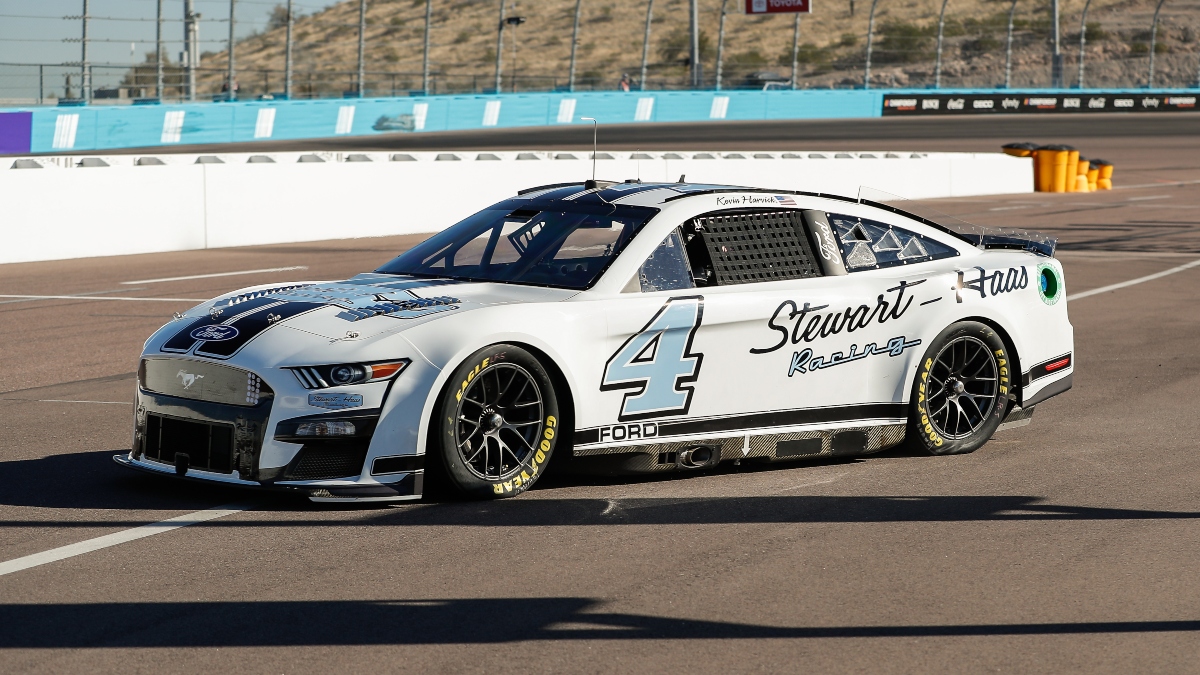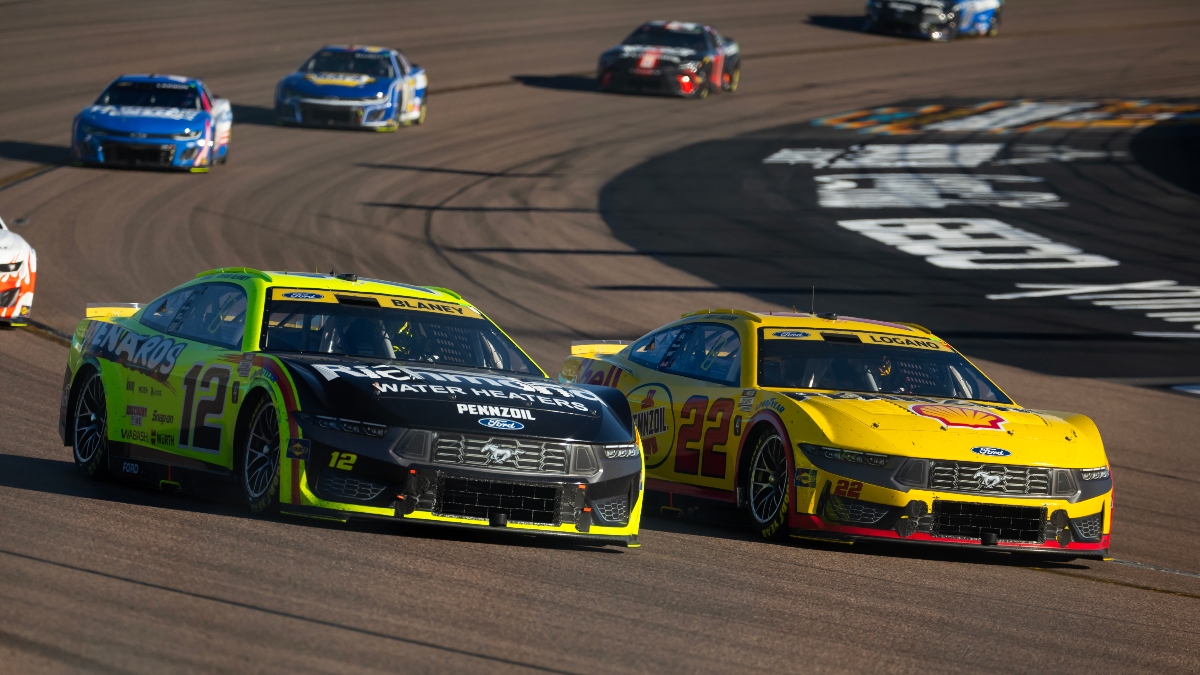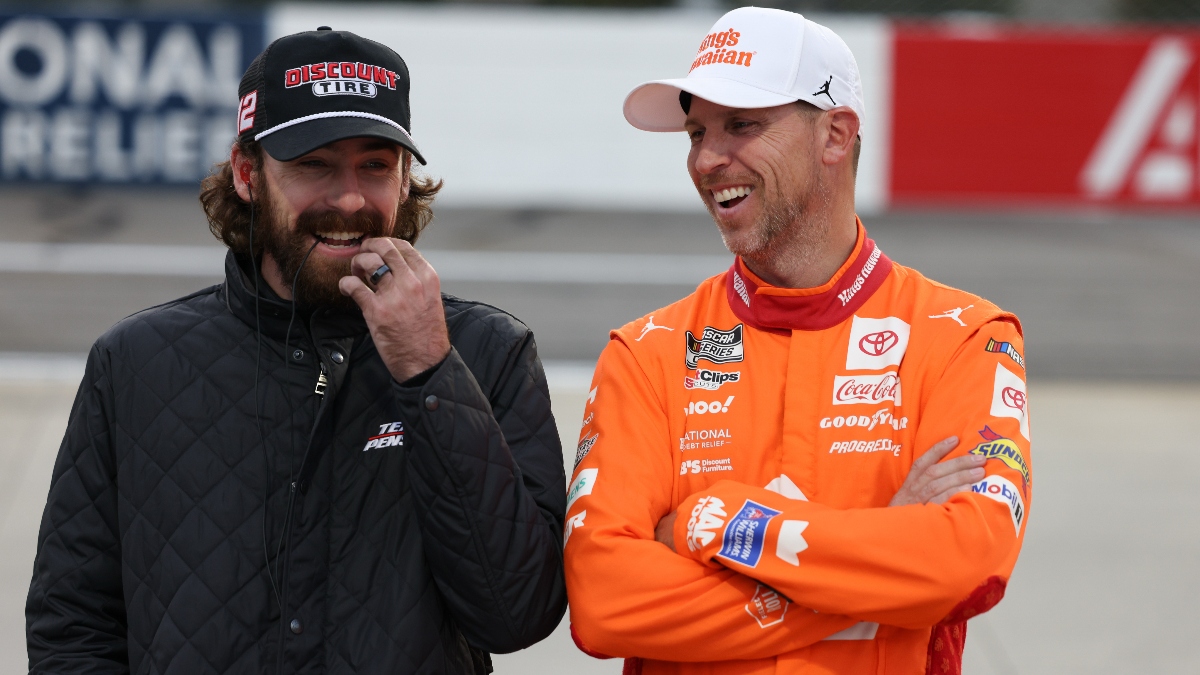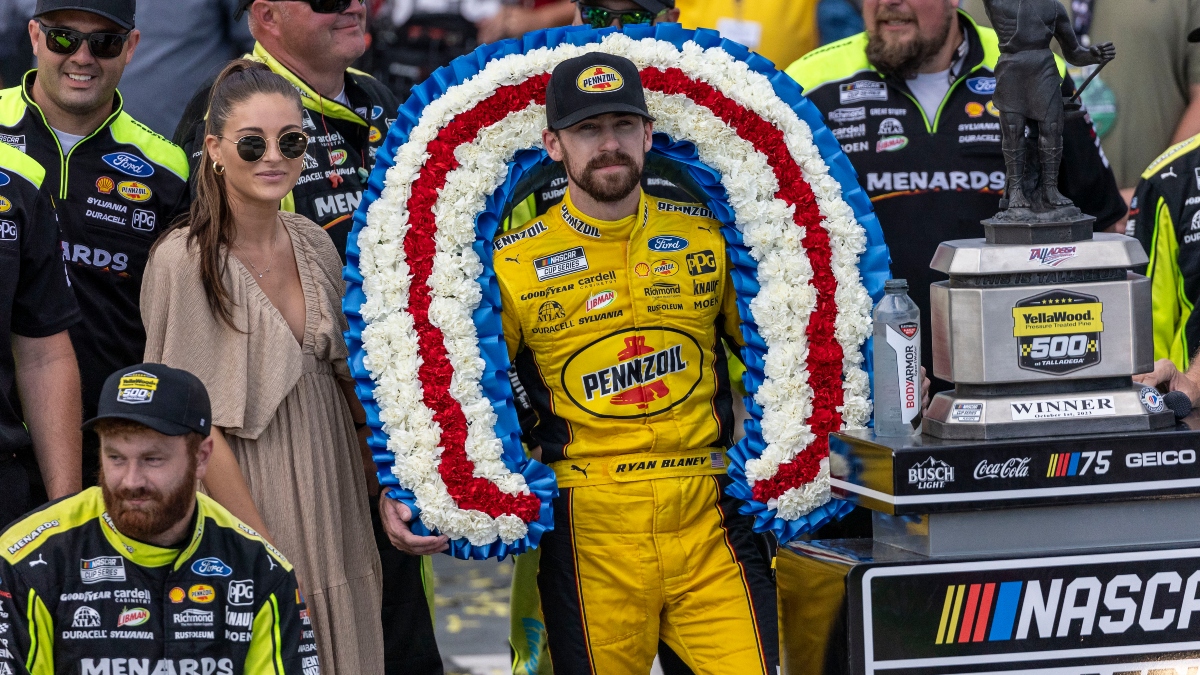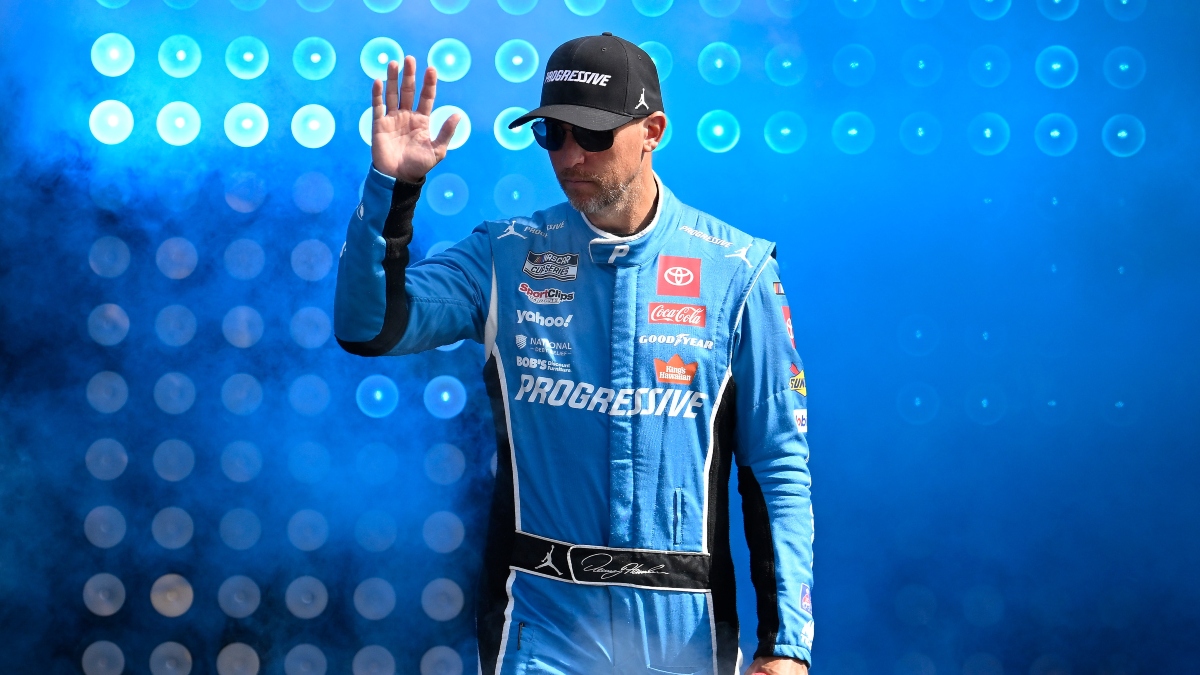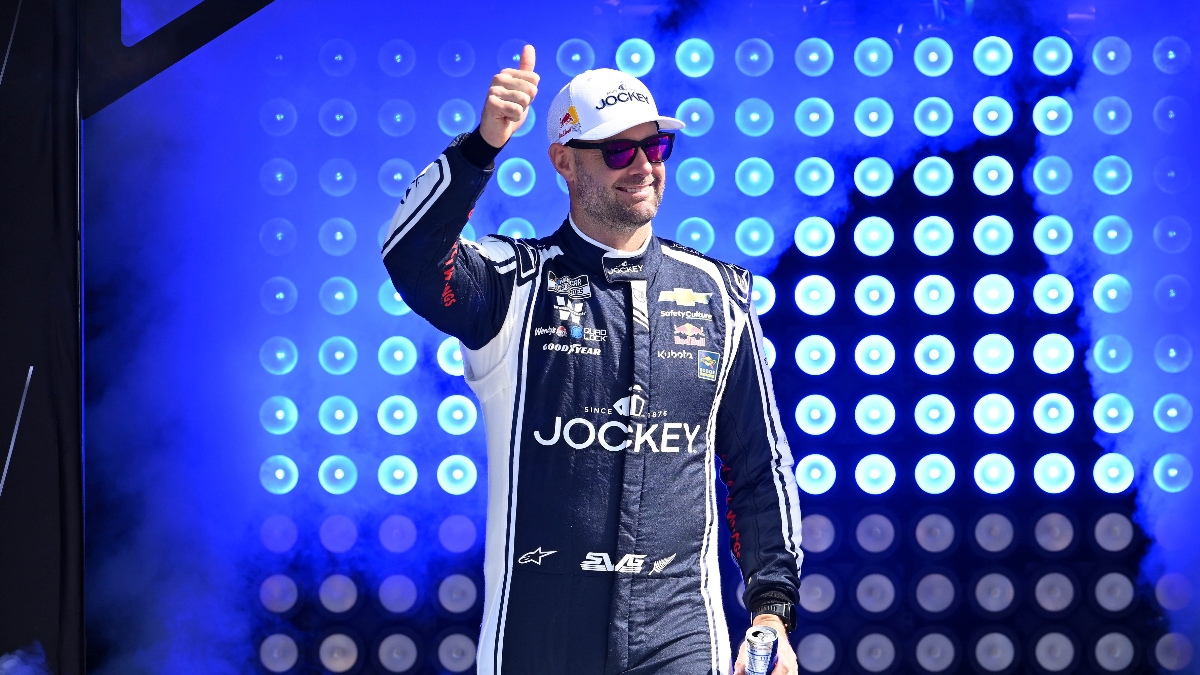The 2022 NASCAR season is here, and with it comes plenty of change. New tracks, reconfigured tracks and driver changes will shake up the competition.
NASCAR has even made tweaks to the practice and qualifying format as the evolution of on-track activity continues since the start of the COVID-19 pandemic.
But when it comes to NASCAR betting, these changes have comparatively little impact relative to the biggest change of the 2022 season.
This year, NASCAR is introducing a new racecar, dubbed the Next Gen car. The goal of the Next Gen car is multifaceted.
NASCAR wants to:
- Improve the on-track product
- Increase the safety of the car
- Add in new technologies
- Reduce costs to the teams
- Attract new manufacturers to the sport
Despite trying to meet several goals, the Next Gen car is meant to be more of an evolution of the previous car (the Gen-6 car), rather than a revolution.
However, the changes are still significant enough to yield many questions. How will this car race? Which teams and drivers will benefit?
How does it compare to previous cars? Which past seasons will be most similar?
These are all questions we don't have the answer for yet.
In the face of many unknowns, we need to figure out how to approach NASCAR betting in 2022.
As someone trained in mathematics and statistical modeling, I'm here to show you how I'm going to approach NASCAR betting to account for the increased uncertainty, and refine that approach as we become armed with in-season data.
How to Bet on NASCAR in 2022
Relevant Data
The first place to start is by figuring out which data is relevant. Because we don't know how this car will perform, or which drivers will benefit, I believe using all NASCAR loop data since its inception in 2005 will be important.
This will help us capture all sorts of conditions that the NASCAR Cup Series has raced under. This gives us the widest base to work with, and captures the most uncertainty.
That doesn't mean all data since 2005 will be relevant in the long run, but it's a good starting point. If we just look at the statistic driver rating and how it predicts performance, we can get an idea of how quickly we can hone in on relevant data.
My modeling has shown that since the inception of loop data, about 90% of the correlation between driver rating and finishing position can be explained just by averaging the previous six races.
This differs year by year.
In some years, predictive power is a bit slower. In others, it may take just four or five races to reach the 90% benchmark. Regardless, it means we can quickly determine which cars will be faster over the course of the season.
It also means that I'll be able to quickly calculate which previous seasons better correlate with 2022, and adjust my model's weights accordingly.
With that said, early in the season it is important to be open-minded. As an example, track history may only get us so far.
As the season progresses, we could find that track history matters much less if the car behaves in an entirely different manner from the Gen-6 car. On the flip side, track history could be increasingly important if there is more consistent performance from this car.
We just don't know.
So to start the season, I will start building my models with all data since 2005. This allows us to capture the variables that matter most under the widest variety of conditions.
Statistically significant data will be refined as the season progresses.
Practice and Qualifying
Another change to the 2022 season involves practice and qualifying. For 2022, the vast majority of races will feature a short practice session followed by qualifying.
After the COVID-19 pandemic started, NASCAR scrapped practice and qualifying at nearly every race.
To determine starting order, NASCAR used a formula based off prior week finishing position and fastest laps, as well as owner points. That means on-track activity from the current race wasn't used to determine starting order.
With qualifying back in place, starting position may become a more statistically significant factor than it was the last two years.
In a similar vein, practice speeds may once again matter. There's a bit of a wrinkle here, though.
Prior to the pandemic, NASCAR often featured multiple long practice sessions. That gave us plenty of practice data to work with. This includes single lap speeds, long run speeds and overall practice lap averages.
With a single short practice session for most races, practice data is reduced. At this point in time, I'm not sure how teams will approach practice.
What is certain is that there will be far less relevant practice data, so don't rely too heavily on practice times.
4 NASCAR Betting Tips for 2022
It's always good to be cautious at the start of any NASCAR season. Even without significant rule or car changes some teams hit on improvements, while others miss.
Because of NASCAR's changes in 2022 additional caution is warranted. Thus, we must adjust our betting approach to accommodate increased uncertainty.
We can then adjust as the season progresses.
Here are four actionable items I can recommend.
1. Reduce your bet sizes
This one is pretty straightforward. You don't want to be making large bets when you are more uncertain of the outcome.
As uncertainty increases, the range of outcomes in the result becomes wider.
In head-to-head bets, that means more overlap in the finishing-position distributions of each driver. In turn, the probability of winning the head-to-head is reduced.
We can quantify this mathematically as well. As the expected edge of our bet decreases, a smaller portion of the bankroll should be risked to achieve bankroll growth.
Formulae like the Kelly criterion can help us quantify that amount. In simple terms, reducing your unit size or number of units placed on each bet early in the season is a prudent move.
2. Reduce your betting volume
This goes hand-in-hand with the previous tip, but it's also good to be more picky with the bets you make. Bets with small or medium expected value are reduced to marginal, or even losing bets, if we expand the error bars.
Instead, find lines that in prior years would be considered significantly mispriced. These bets that traditionally have large edges are the ones to go after.
Even then, our confidence should be reduced. On the low end of the confidence interval, these bets may only yield a small-to-moderate long-term return.
Increased uncertainty reduces the total number of bets we can have statistical confidence in to produce a positive return on investment (ROI).
3. Take a few long shots
One of the benefits of uncertainty is that it applies in both directions. While some drivers will end up on the low end of their distribution, others will fall on the higher side. A wider distribution results in higher upside.
The Action Network's PJ Walsh has highlighted this principle in two separate betting articles for this weekend's Busch Light Clash (Feb. 6 at 6 p.m. ET, FOX).
In the first, he highlights a 500-1 long shot to win outright. In the second, he discusses a 45-1 driver prop.
In both instances, there's multiple reasons to believe that with these unique circumstances, each driver has a good chance to reach the upper end of his increased range of outcomes.
4. Adjust quickly
As I mentioned earlier, it doesn't take many races for predictive data to develop. Even on the longer side it may only take seven or eight races to get 90% of the way there.
You'll want to pay special attention to how specific teams and manufacturers are performing.
Are certain teams achieving higher average speeds relative to the field than in years past? Are others lagging behind?
This played out last year, especially on the larger ovals, where Stewart-Haas Racing was slow out of the gate and never really caught up.
However, it's important to not only adjust early, but to continually adjust. As an example, let's say Team Penske misses it out of the gate. You definitely should take note and adjust.
However, this may only be short-term. It's possible, especially with a new car, that Penske finds something that works that other teams don't find. If they do, they could make significant gains.
Without continually adjusting, betting against Penske could swing from a winning to a losing strategy.
The 2022 NASCAR season should be a fun one. I'll be here to provide you with the analytics throughout the year.
Good luck and enjoy the ride!


